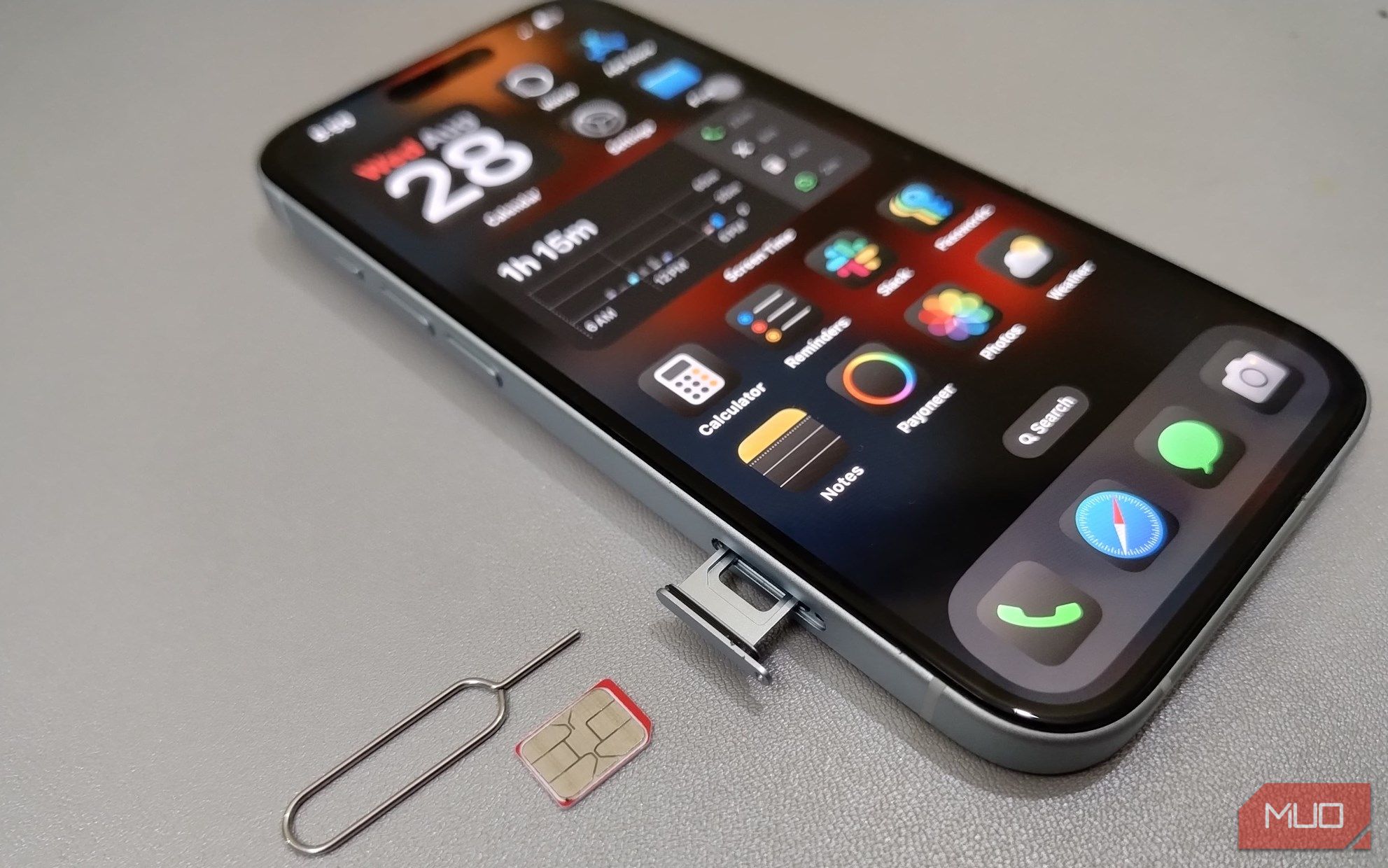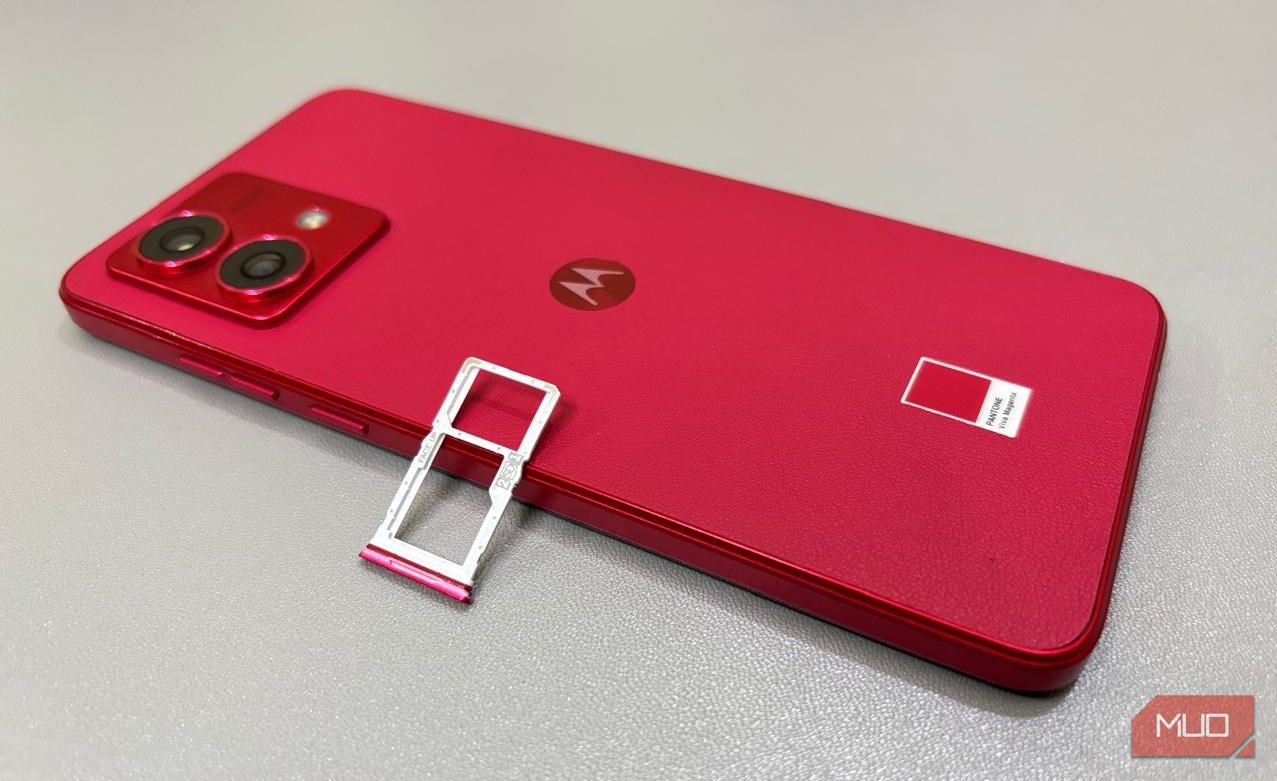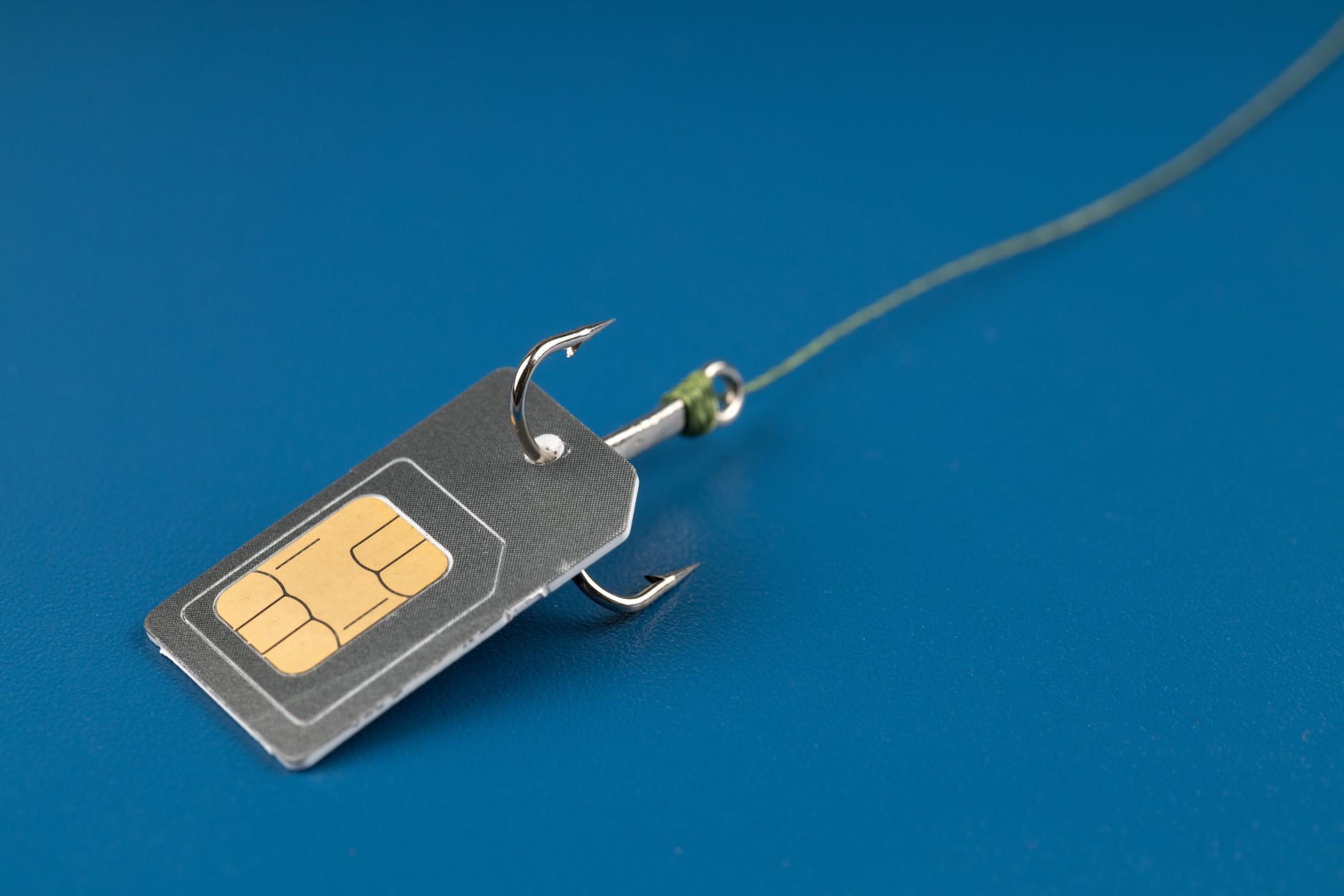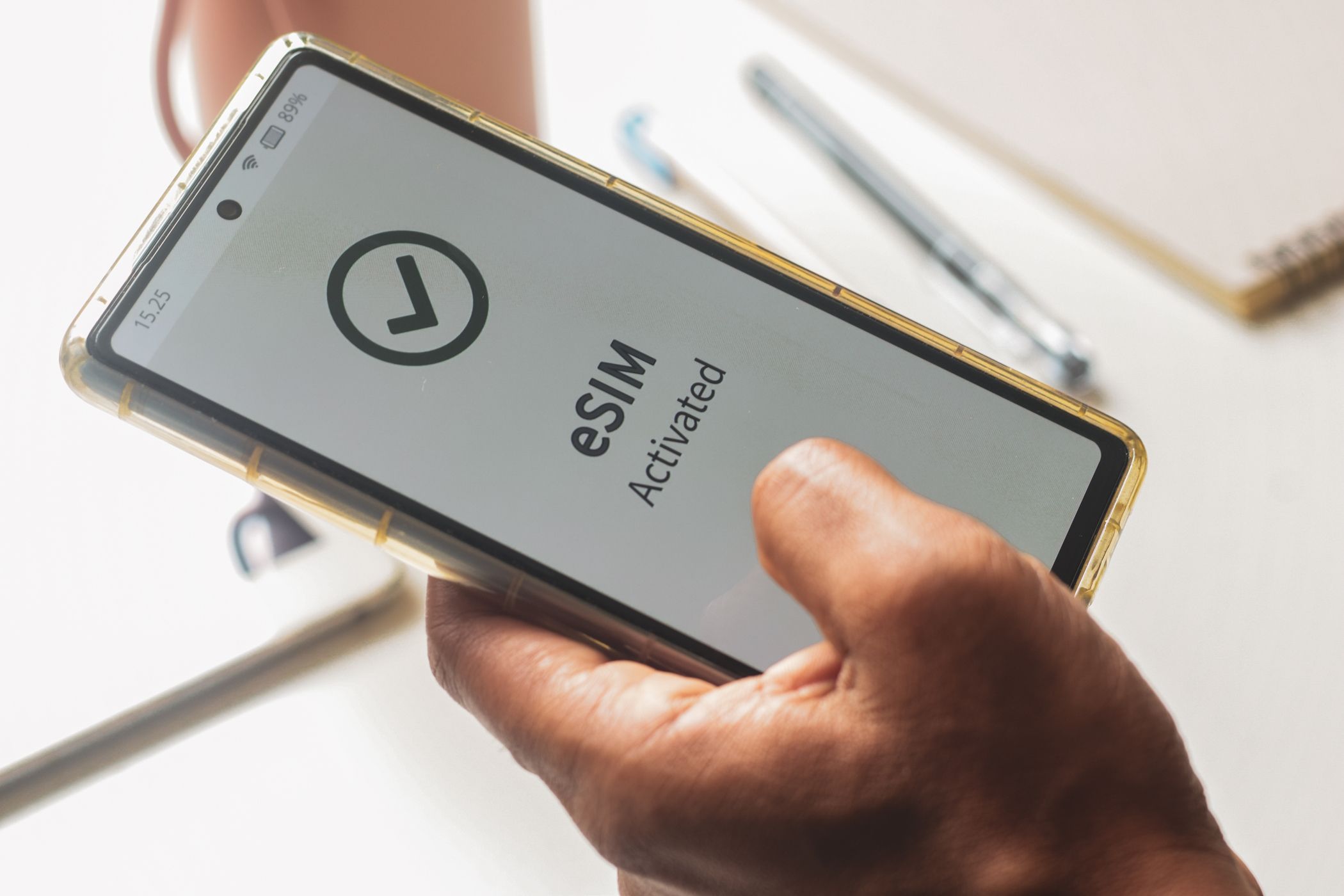After having second thoughts for so long, I finally switched from a physical SIM card to an eSIM in 2024. I’ve been using my iPhone with an eSIM as the primary line. Here are my thoughts on using an eSIM and why I’m never going back.
Activating an eSIM Is Seamless
The first thing that impressed me about switching to an eSIM was how easy and seamless the activation process was. Unlike physical SIM cards that require a store visit or delivery wait, you can activate an eSIM entirely from your device.
When I received my eSIM, I quickly scanned the QR code from my carrier. Within minutes, my new eSIM was activated and ready to use—no complicated steps or waiting involved. Everything went smoothly and hassle-free.
I Don’t Have to Worry About Misplacing or Damaging My eSIM
Once, while traveling abroad, I accidentally dropped my phone, and the SIM card popped out. I didn’t notice it was missing in my rush to catch my flight. As a result, I had no cellular service for the entire trip, and had to rely solely on spotty Wi-Fi connections.
Thankfully, with eSIM technology, this would never be a problem again. Unlike traditional SIM cards, eSIMs are embedded within your device, so there’s no risk of misplacing or damaging them.
eSIMs Are More Secure
A major disadvantage of traditional SIM cards is theft or cloning. For example, if someone steals your phone, they can access all the information on your SIM card, including contacts and messages. With eSIMs, this is not a concern since there is nothing physical to clone or steal.
Even if someone tricks your network provider into activating a new SIM card, they won’t have access to your eSIM remotely. Furthermore, since eSIMs are embedded within your device and can’t be removed, SIM card swapping—where someone replaces your SIM with their own—is nearly impossible.
Convenient for International Travel (With Dual eSIM)
Traditional SIM cards have long been a pain for travelers. Every time you travel abroad, you have to find a local store, purchase a SIM card, and activate it.
With eSIM, this process is much easier. Instead of visiting a store, you can purchase an eSIM online before your trip. Once you arrive at your destination, the eSIM will automatically activate on your device. No more long lines at airport kiosks or local shops; your eSIM will be ready when you arrive.
Most Android devices support five to seven eSIMs, while iPhones hold up to eight. With this, you can keep multiple eSIMs for different countries and switch between them when required.
However, this only applies to phones with dual eSIM support. If you have a phone that supports only one active eSIM at a time, switching between them could be more complicated than using traditional SIM cards.
Lower Environmental Impact
Aside from being convenient, eSIMs also have a lower environmental impact. Physical SIM cards require manufacturing and shipping, which consumes resources and produces waste. With eSIMs, no physical packaging or shipping is necessary, reducing the overall carbon footprint. Additionally, since eSIMs are digital, they don’t contribute to electronic waste when discarded or replaced.
While eSIMs offer many advantages, physical SIM cards have their benefits. They support older devices that lack eSIM technology, and you can swap SIM cards even without internet access. Plus, there’s a lower risk of software issues with physical SIM cards.
Even when your phone battery is dead, you can transfer your traditional SIM card to another phone. Ultimately, choosing between eSIMs and traditional SIM cards depends on your needs, so weigh the pros and cons before you decide.
This article was originally published by a www.makeuseof.com . Read the Original article here. .






